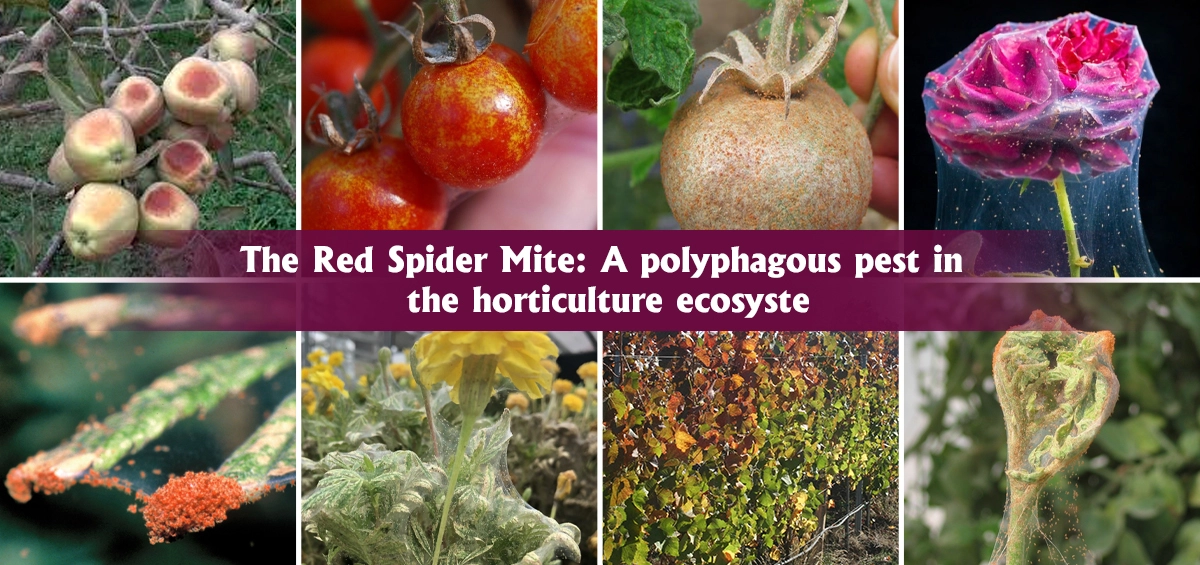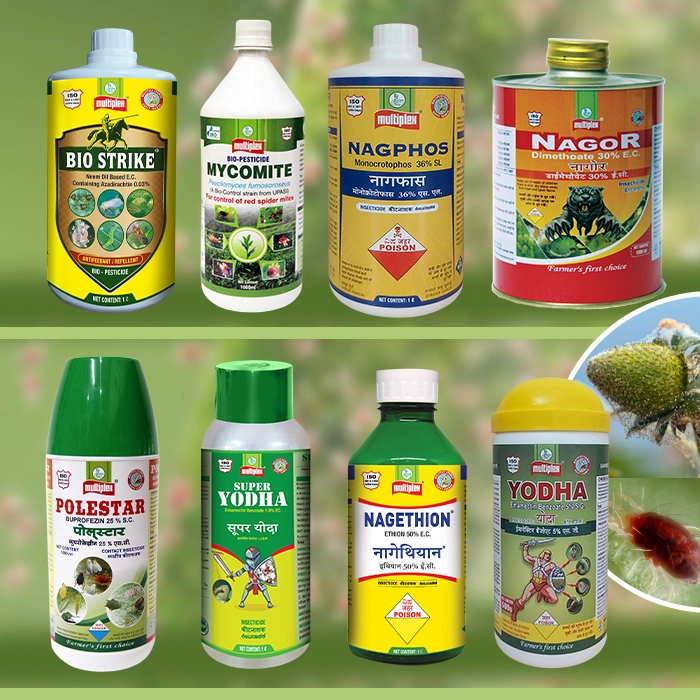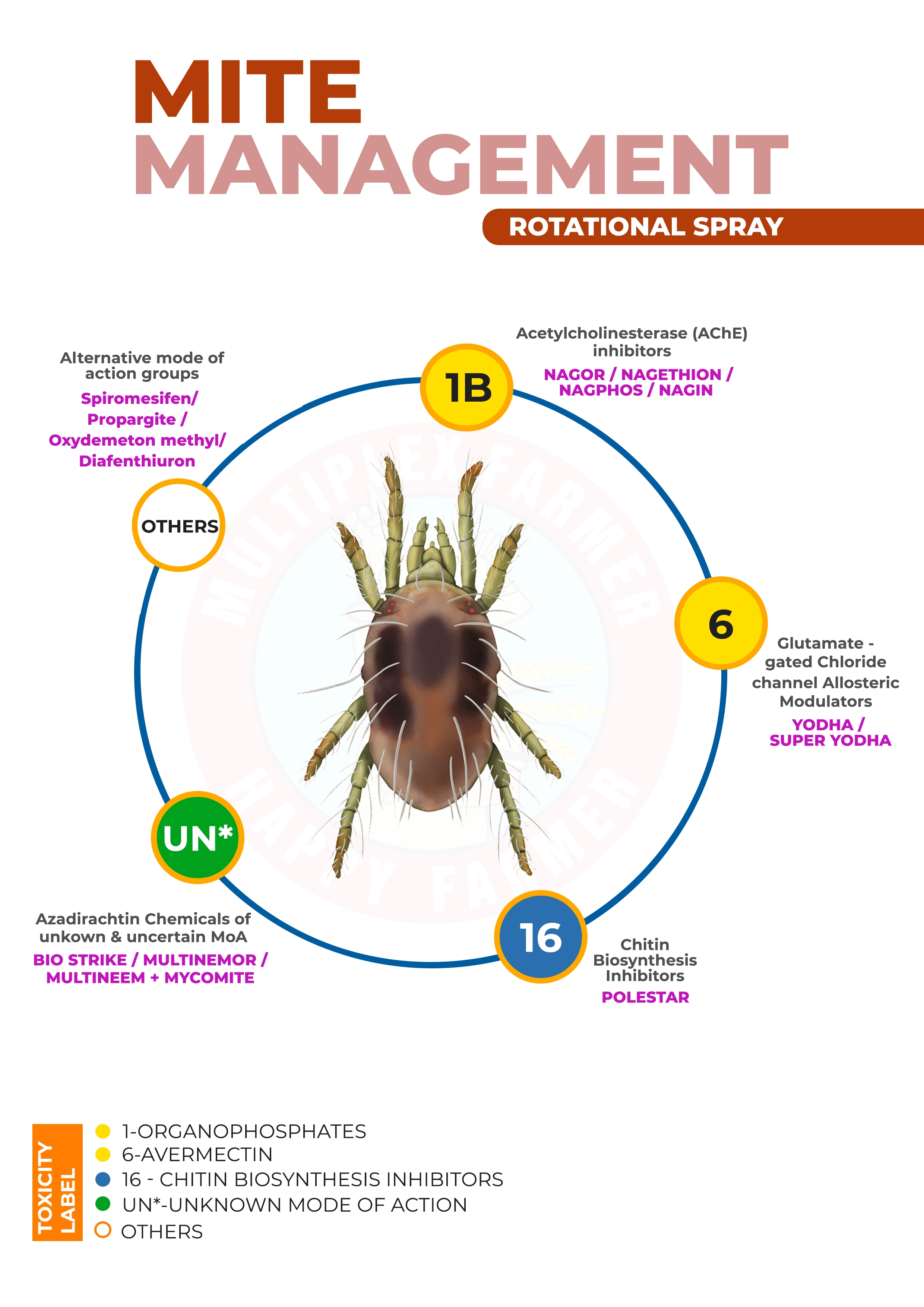The Tetranychidae family, also known as "Spider Mites," are among the most significant phytophagous mite pests of agriculture worldwide. These mites prefer food crops, trees, and ornamentals, and can cause significant productivity losses and even agricultural plant mortality. While there are reports of 1,250 mite species feeding on 3,877 plant species, only 100 species are considered economically significant.

The following few species are regarded as substantial pests of significant crops: Tetranychus urticae, T. cinnabarinus, T. pacificus, T. kanzawai, Panonychus ulmi, P. citri, Oligonychus punicae, O. coffeae, and Eutetranychus orientalis. The most famous spider mite is the two-spotted kind, T. urticae, which is found worldwide. Some even act as vectors of many diseases.
Spider mites' life cycles are significantly influenced by temperature. At 30°C, they are finished in 8-12 days, whereas at 20°C, they take about 17 days. During winter mites can survive on various weed hosts and plant debris. Each day, females lay 5 to 6 eggs, for a total of 60 to 100 eggs per female. When the temperature is right, eggs hatch in 3 to 6 days, larvae and nymphs grow fully in 4 to 9 days, and adults live for about 30 days.
Spider mites are typically found on the lower surface of the foliage, where they pierce plant cells and ingest the contents of the cells. However, if their population is high enough, they may eventually cover the entire leaf surface. As a result, the affected leaves take on a speckled look and develop small clumps of necrotic tissues. With persistent, dense infestations, symptoms include desiccation, leaf deformation, wilting, and abscission. Stunted plants and decreased yields are the results of photosynthesis disruption.
Use Nagor 2ml/L or Nagethion 2ml/L or Nagphos 2ml/L at one time as a spray followed by Yodha @ 0.5g/L or Super yodha @ 0.5ml/L followed by Polestar @ 2-2.5ml/L or new released molecules like Broflanilide.


Do not use the same molecule or same mode of action bearing molecules consecutively to avoid the flare back of mite pests.